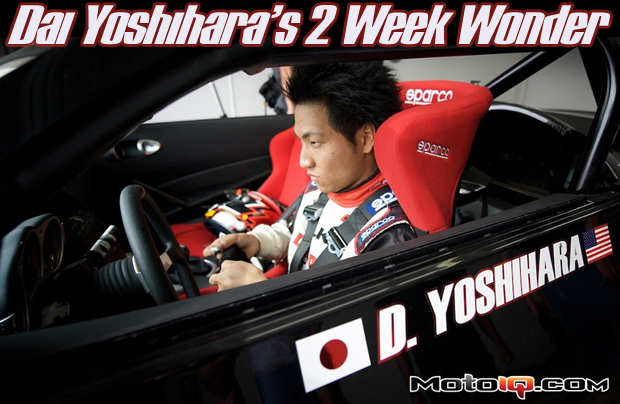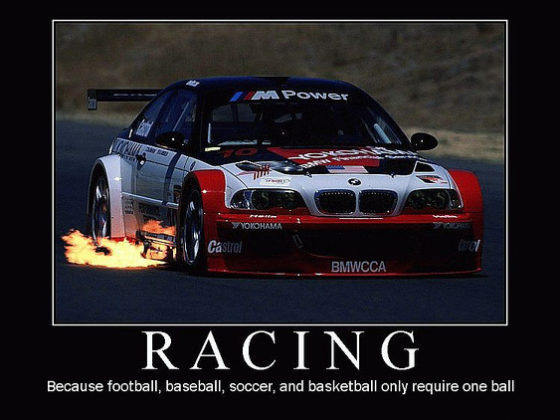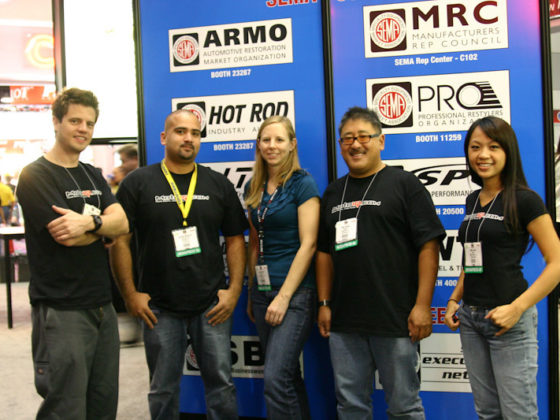,

Seibon provided carbon fiber doors, hood, trunk lid, rear top cover, rear spoiler and front fenders to shave many lbs of weight. A Vertex front bumper, side skirts and rear bumper were also installed. These lightweight parts trimmed another 200 lbs from the car’s portly frame. Lightweight Sparco racing seats and harnesses reduced weight further by about 80 lbs resulting in a car weighing just under 3,200 lbs including the cage. Not bad for a roadster with additional chassis reinforcement and a full interior!
 |
| A Vertex aero kit shaved weight from the car and an HKS exhaust provided some power. |
As the SEMA show ended, Dai and his crew descended upon GTI Motorsports’ shop and continued a full court press to get the car in running condition. The show car had a smog legal CARB approved HKS traction drive GT supercharger kit, F-CON V-Pro engine management system and exhaust but was otherwise stock. Due to a lack of time, this was left alone and even the stock catalytic converters and downpipes remained in place. The street supercharger system only provided a mild power boost of about 50 hp and 60 lb/ft of torque.
 |
 |
| JWT’s metal disc clutch and lightweight aluminum flywheel help eliminate clutch slip and improve acceleration. |
The stock clutch was slipping so a Jim Wolf Technology metal disc equipped clutch and aluminum flywheel replaced the stock parts. The JWT flywheel weighed in at 14 lbs–less than half the weight of the massive 29 lb stock flywheel–which greatly improved throttle response and acceleration. The JWT clutch features a disc with metal pucks, a sprung hub and a pressure plate with a clamping force of 1,200 lbs, around 30% greater than stock. The JWT clutch achieves this increase in clamping force while maintaining the stock pedal effort and feel.
 |
| HKS’ supercharger is CARB approved and offers a mild power boost. |
The show car had a Stillen AP street 4 piston brake kit with 13″ one piece drilled and slotted front rotors and 13″ two-piece drilled and slotted rotors in the rear. The kit also came with braided steel brake lines. Although these brakes were vastly superior to the wimpy floating rotor stock brakes, they were not true racing brakes. Unfortunately, there was no time to secure another system and the team pressed on. At the track the pads wore rapidly, and faded with the rotors ultimately cracking. New rotors were installed with Performance Friction 01 compound brake pads to fortify the system and fingers were crossed.
 |
 |
| Although Stillen’s AP Racing brake kit was much better than stock, it was still not up to snuff for racing condtions and suffered from fade and cracked rotors. |
Although the Performance Friction pads were vastly better than what was supplied with the kit, the rotors still cracked. A racing spec brake kit will be sourced before the car ventures on the track again.



